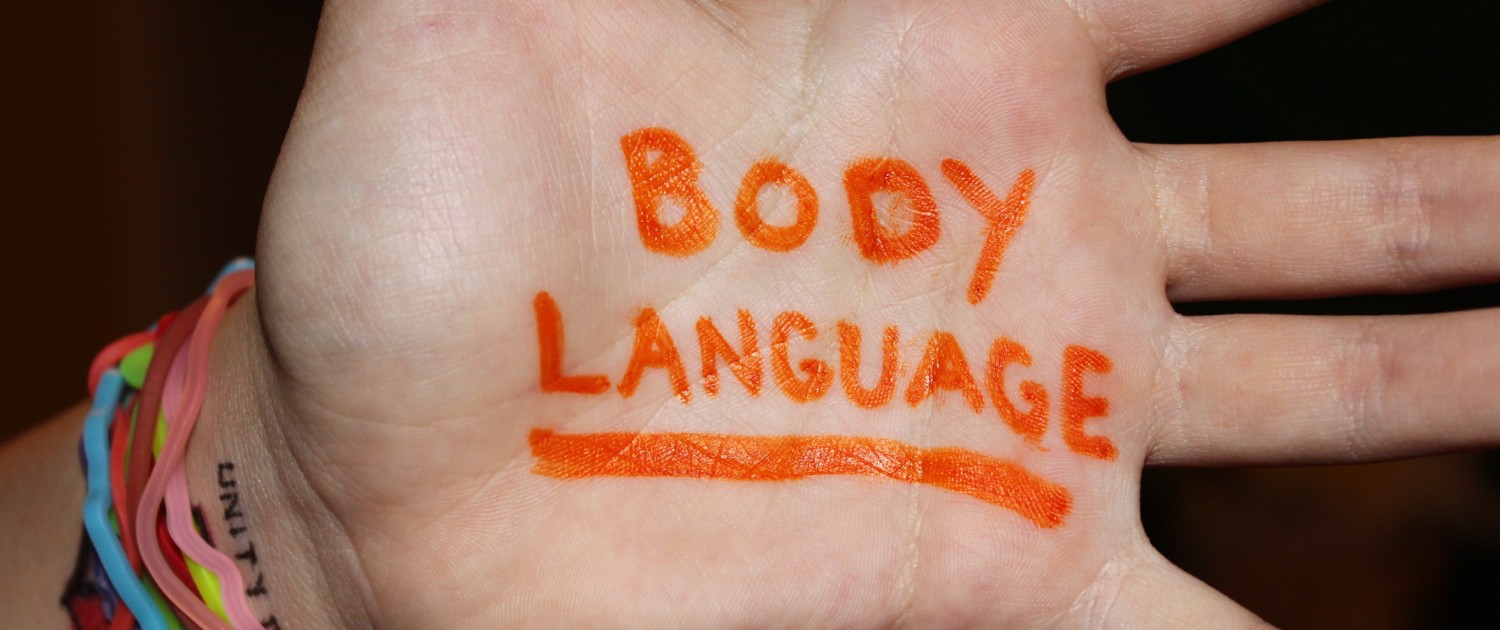Four tips that will help hone your body language
Since childhood, we have always been told to sit up straight and stand tall. Though at times this was an annoyance and we wanted our mothers to stop, there was quite a bit of truth in the request. As we age, one of the quickest things to fall short, besides the obvious of our eyesight and hearing, is our posture — many fear the dreaded “hunchback.”
I can assure you though that this is preventable. Your posture and movement can reveal not just your attitude and thoughts, but also your confidence. Nothing is more telling than how you physically hold yourself because your body language can say so much…without saying anything at all.
According to Albert Mehrabian, a professor at UCLA who studies psychology, 93 percent of your communication is body language and only 7 percent is actually your words.
So, how can you make sure you are coming across professionally, confidently, and engaged to your peers? Check yourself out. Become mindful and aware of what you usually would ignore on a daily basis and coach your body into having a ‘backbone.’ Notice how you sit and if its upright or slouched, how you stand and if its tall, how you use your hands and legs and what you do while talking to someone. Some of these small bits of knowledge get lost along the way as we age because other matters become our priority, but when you feel good and take care of yourself, everything falls into place.
- We need to keep our head up high!
The position of the human body acts as a direct window into the brain. If you’re slouching in your chair or resting your head on your arms when talking to someone, you appear bored, uninterested and a bit insecure. Standing tall with a straight spine and your head held high, almost like a magnet to the ceiling, conveys your eagerness and interest. Plant your feet on the floor or cross your legs at the knees—though this is generally seen as more casual and relaxed, it’s still appropriate. You can also cross your legs at the ankles or press your knees together, slanting your legs to one side.
- We must beware of our faces.
Facial expressions — like raising your eyebrows, breaking into a smile, or furrowing your brow — can speak your thoughts and emotions. Smiling obviously means we are happy, but if we have a plain still look on our face it can come off as angry or sad even if we don’t intend it to. Think about what your face is saying, even when your mouth isn’t moving. A small, calm smile will always make you appear neutral, friendly and approachable, and nodding and raising your eyebrows shows you agree with someone. Keep consistent eye contact with a person who’s speaking to you because it will show you’re involved in what he or she is saying.
- Keep control of your hands and your arms and never cross your arms.
Doing so can make you seem defensive or guarded. Keep your legs relaxed as well, but a slight cross at the ankles is acceptable. Many individuals are known as “shakers,” where they subconsciously will have a shake in their leg when they are sitting down.
- Smile and laugh!
Lighten up a little: don’t take yourself too seriously! People will be a lot more inclined to listen and respect you if you seem to be a positive and outgoing person. Smile when you’re introduced to someone and show that you’re engaged and care. And last but not least, keep a positive, open and relaxed attitude. How you feel will come through in your body language and something this small can really make a major difference.
Brittany Fleck is a sophomore majoring in human development and aging. Her column, “B-Flecksible,” runs Fridays.

